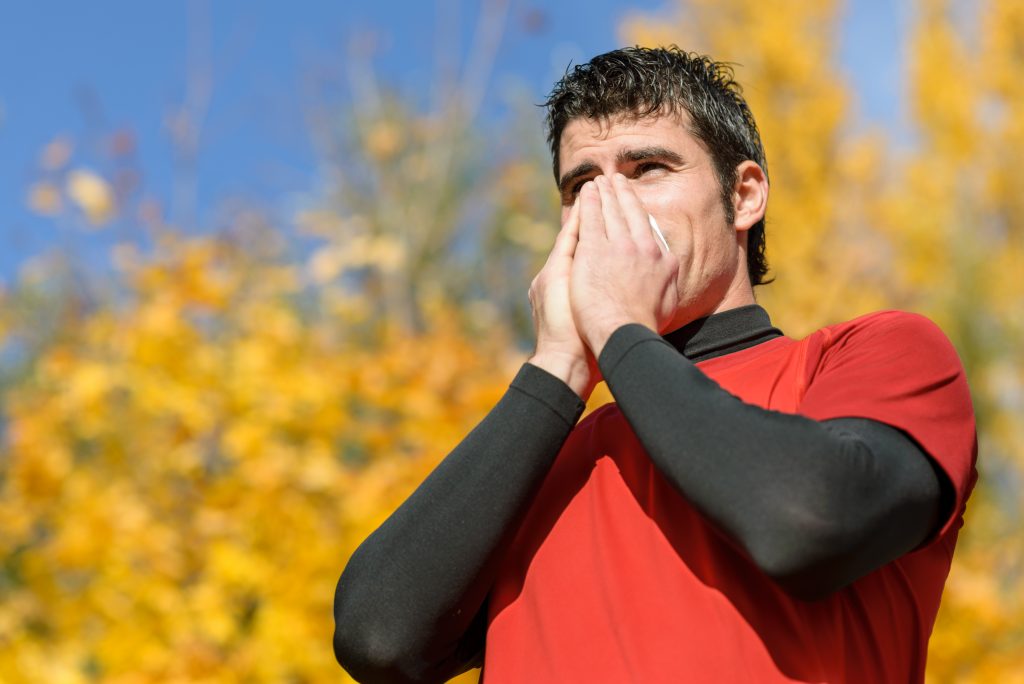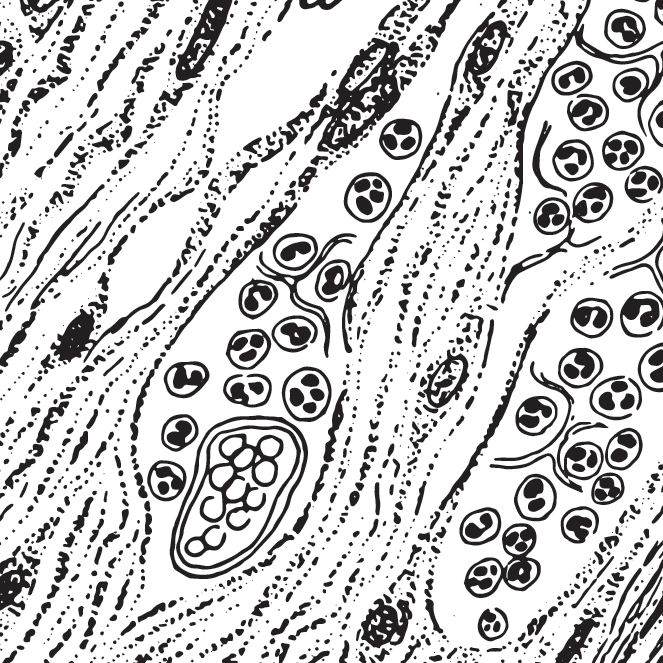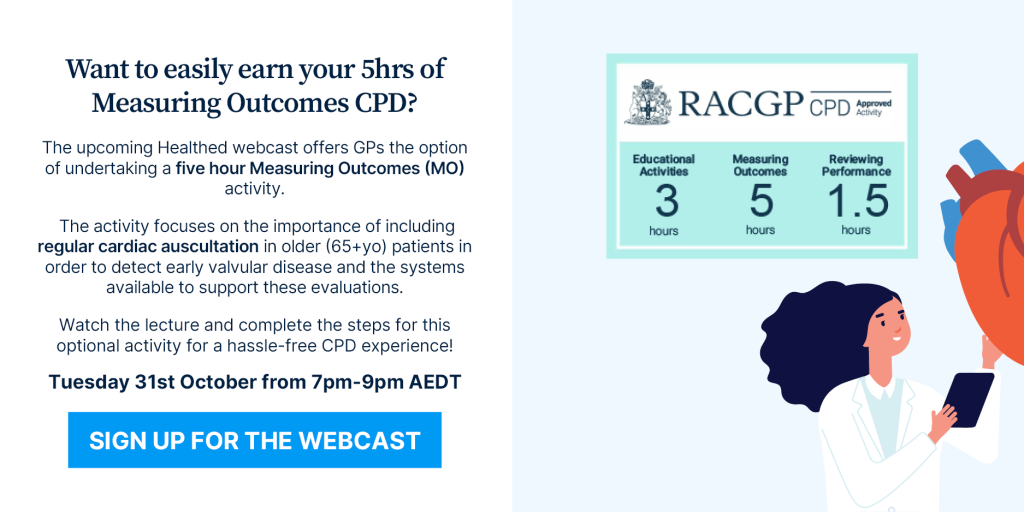Enuresis Management in General Practice

Australian GPs are confident and competent at managing kids with bedwetting issues, new research confirms.
But they are less sure what to do with children with daytime wetting or when childhood enuresis persists into adulthood, according to the study findings recently published in the Australian Journal of General Practice.
As you may remember, back in late 2016, health professionals on the Healthed database were invited to participate in a survey designed by leading paediatric urologist, Dr Patrina Caldwell to investigate their knowledge and experience with managing urinary incontinence in childhood.
Almost 1500 Australian health professionals responded, mostly GPs. Researchers found that 88% of survey participants reported being slightly or very knowledgeable about managing childhood urinary incontinence. Their confidence seems well-founded at least for nocturnal enuresis.
Having been given multiple answer options about first-line management, 93% of participants correctly selected urotherapy and enuresis alarm training as the ideal first-line management for childhood enuresis.
This is despite less than half (48%) being able to correctly identify the commonest cause of the condition as being abnormal physiology of sleep and bladder function. Over a third of people incorrectly thought childhood enuresis was simply a delay in developing toileting skills.
However, it is a different kettle of fish when it comes to managing daytime urinary incontinence which only 81% of participants felt at least somewhat confident managing. Of concern was the finding that 18% of health professionals would treat this condition with inappropriate and potentially harmful treatments. More specifically, a small percentage of participants chose tricyclic antidepressants which used to be a popular treatment option but is now no longer recommended as first-line therapy for daytime urinary incontinence due to its potential side-effects.
The situation was even worse for adult patients who had problems with enuresis that had persisted since childhood. Only 61% of participants felt they were even slightly knowledgeable managing these patients, although most chose the most appropriate first-line therapy of urotherapy and desmopressin.
According to the study authors, the knowledge of the health professionals with regard to the various categories of urinary incontinence was largely reflective of the prevalence of each of the different conditions in their clinical experience. Most GPs were currently managing at least a few cases of nocturnal enuresis but the other two conditions were much rarer.
Reference
Caldwell PHY. Manocha R, Hamilton S, Scott KM, Barnes EH. Australian community health practitioners’ knowledge and experience with managing urinary incontinence that begins in childhood. Aust J Gen Pract. 2019 Jan; 48(1-2); 60-5. Available from: https://www1.racgp.org.au/ajgp/2019/january–february/managing-urinary-incontinence-that-begins-in-child
Toddler Nutrition

This article provides a framework for assessing a child’s nutrition and intake, identifying if there are problems and practical strategies to help manage these.
Bad News for Sinus Sufferers

Chronic rhinosinusitis is a misery-generating condition – literally.
According to a large study just published in The Journal of the American Medical Association, having chronic rhinosinusitis significantly increases your risk of depression and anxiety. And if you also have nasal polyps the risk is higher still.
The Korean study was admittedly observational but it did include almost 50,000 individuals from the general population and followed them up for 11 years.
Researchers found, over the duration of the study, those people with chronic rhinosinusitis were 54% more likely to develop depression and 57% more likely to develop anxiety than those people who did not suffer this condition. And if nasal polyps accompanied the rhinosinusitis the increase in likelihood for both mental illnesses jumped to the early 60s (61% and 63% respectively).
So what are the implications of this study?
Well – they are fairly straightforward really.
“Physicians should be aware of the potential comorbidities observed in patients with [chronic rhinosinusitis] and provide therapy to reduce the risk of depression and anxiety in these patients,” the study authors helpfully concluded.
What we don’t know of course, being simply an observational study without any intervention to test, is whether effectively treating the rhinosinusitis helps the depression or anxiety, and importantly, whether surgically removing the polyps can make a difference to this psychological side-effect. The researchers actually even distance themselves from the conclusion that chronic rhinosinusitis causes depression and anxiety, citing the chicken and egg phenomena.
“Whether depression and anxiety amplify the symptoms of [chronic rhinosinusitis] or whether these conditions are the consequence of [chronic rhinosinusitis]is unknown,” they said.
But they do say their findings support previous research that has suggested an association between the conditions. They also say their study allowed analysis of the specific phenotype responsible for the chronic rhinosinusitis – whether it be predominantly T1 or T2 response derived. What they found was the association held true regardless of the phenotype – suggesting this was more to do with personality and symptoms than physiology.
All in all, what the study authors suggest is that given how common chronic rhinosinusitis is in the population, it is worthwhile keeping a high indexation of suspicion for the development of depression and anxiety not only for the patients’ current quality of life but also because these conditions can affect health outcomes down the line.
“[T]hese psychiatric comorbidities may influence not only the diagnosis of [chronic rhinosinusitis] but also its therapeutic and surgical outcomes,” the study authors said.
Reference:
Kim JY, Ko I, Kim MS, Yu MS, Cho BJ, Kim DK. Association of Chronic Rhinosinusitis With Depression and Anxiety in a Nationwide Insurance Population. JAMA Otolaryngol Head Neck Surg. 2019 Feb 7. DOI: 10.1001/jamaoto.2018.4103 [Epub ahead of print].
Combining SGLT2 and DPP-4 Inhibition in Type 2 Diabetes

This article discusses the evidence for using a combination of SGLT2 inhibitors & DPP-4 inhibitors in addition to standard care for the management of type 2 diabetes and its complications.
Violent Video Games and Their Impact

This article outlines the research findings about the impact of playing violent video games and advises on healthy video game use.






